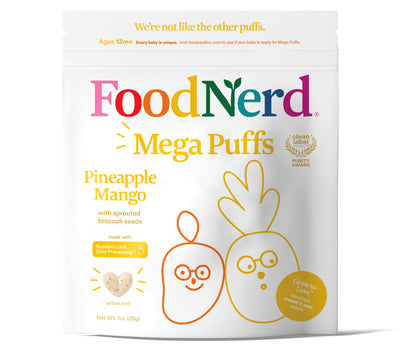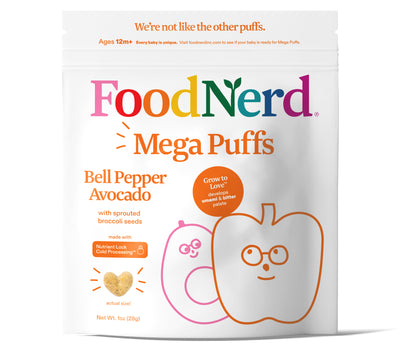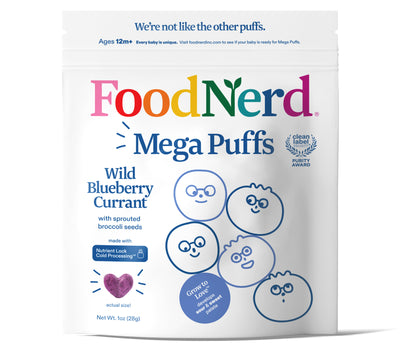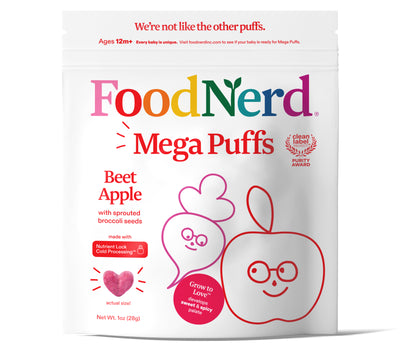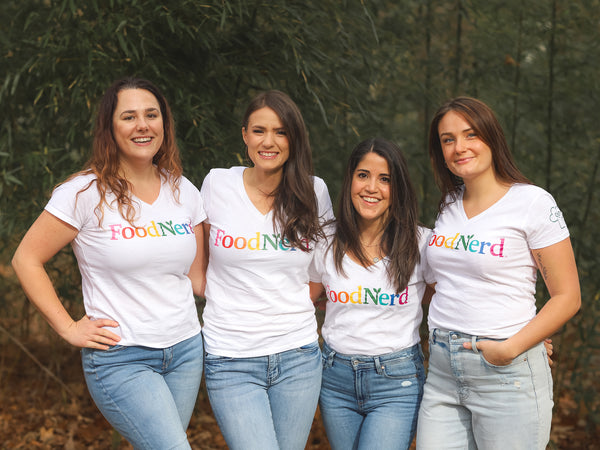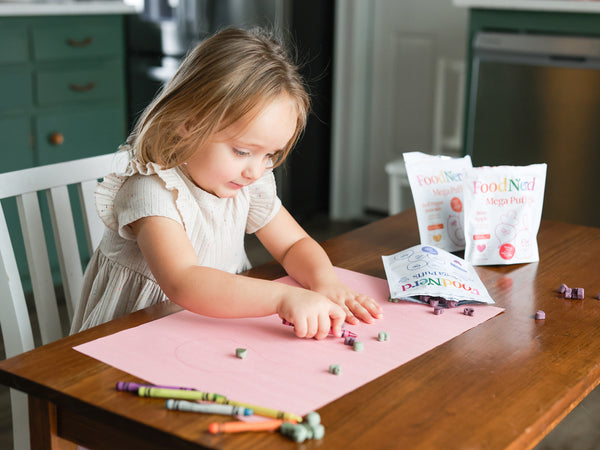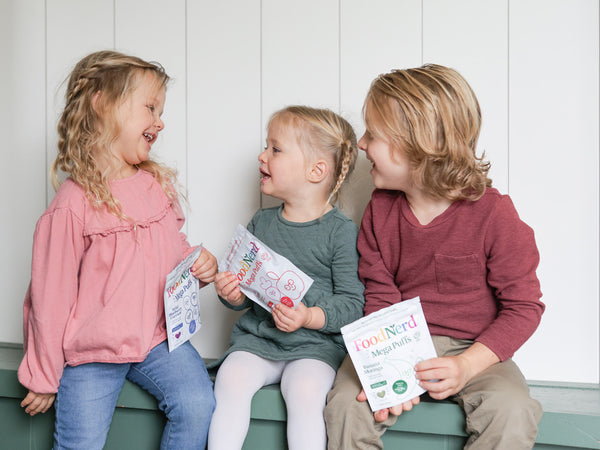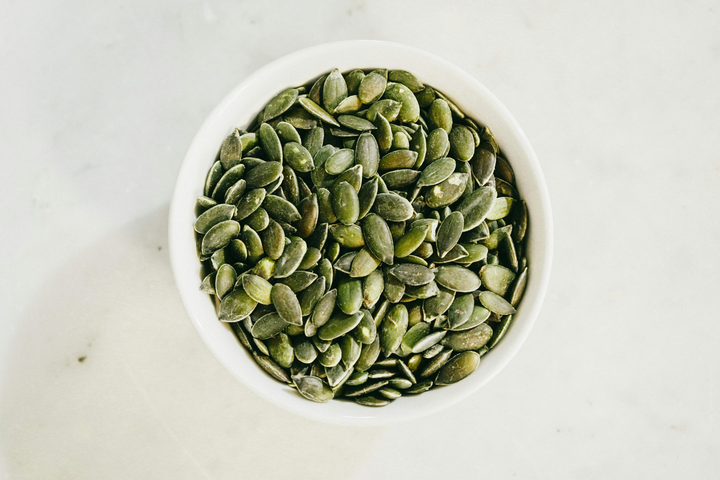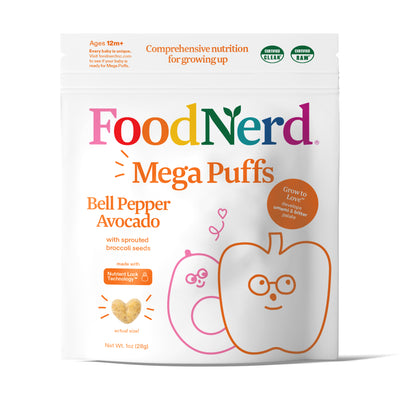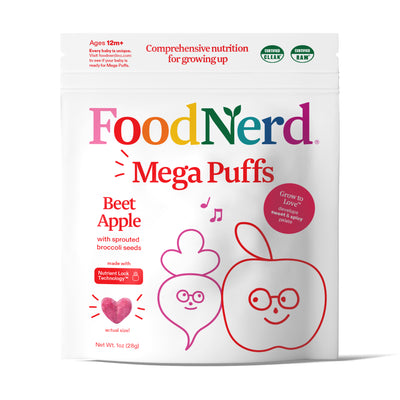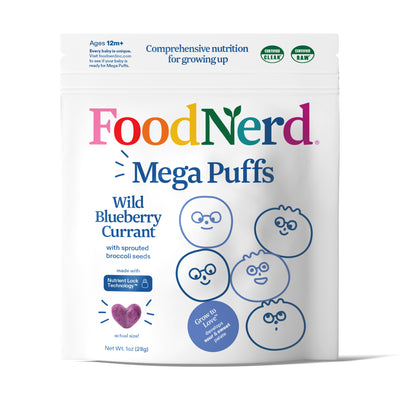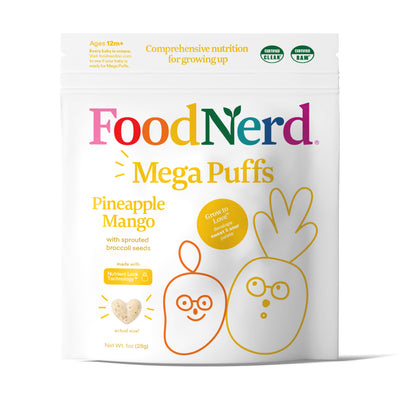Rice is one of those foods that’s practically universal, it’s a pantry staple in so many cultures and a go-to for meals, snacks, and everything in between. But when you’re feeding your baby solid foods for the first time, you may be wondering: Is rice a choking hazard for babies? This simple grain might seem like an innocent, easy-to-digest option, but like anything, how it’s prepared and served is key to making it safe for your little one. In this guide, we’ll take a deep dive into why rice can sometimes pose a risk, when babies can start eating it, and how to serve it safely as they grow.
Understanding Choking Hazards and How Rice Fits In
Choking occurs when food blocks your baby’s airway, making it hard to breathe. Babies, especially those under 3, have smaller airways, making them more vulnerable. Some foods, particularly those that are hard, round, or slippery, pose a higher risk. While rice isn’t inherently a choking hazard, it can become one if not prepared properly.
If rice is too dry, in large clumps, or doesn’t break down easily, it can be difficult for babies to swallow, especially those still learning to chew. Proper preparation is key to reducing the risk of choking and ensuring safe feeding.
Is Rice a Choking Hazard for Babies?
So, let’s answer the big question: Is rice a choking hazard for babies? Rice in its basic, cooked form is generally not a choking hazard when prepared properly. But it’s all about the texture and how you serve it. For younger babies (under 9 months), rice can be difficult to manage if it’s not mashed or softened enough. Once babies start to develop more chewing skills, whole grains and cooked rice can become a safe food option. But until they reach that stage, it’s better to avoid serving large pieces of rice or serving it in a form that’s too dry or hard to chew.
When Can Babies Safely Have Rice?
Introducing solid foods is a major milestone in your baby’s development, and it’s exciting to start diversifying their diet! But when is it safe to start offering rice, and how should it be prepared for the best results?
Signs Your Baby is Ready for Solid Foods
Before offering rice or any other solid food, make sure your baby shows signs of readiness. The typical readiness signs occur around 6 months of age and include:
- Sitting up unassisted or with minimal support
- Showing interest in food (reaching for food, watching you eat)
- Gumming or chewing motions
- Moving food from the front to the back of their mouth
- Keeping their tongue in their mouth rather than pushing food out
These signs indicate that your baby’s digestive system and swallowing skills are ready to handle solids, including rice.
6+ Months: Rice Cereal is Your Friend
At what age can babies eat rice? The American Academy of Pediatrics (AAP) recommends starting solids around 6 months, with rice cereal often introduced first because it’s easy to mix with breast milk or formula for a smooth, safe texture. Make sure the rice cereal is smooth and not too thick, as a thicker consistency can make swallowing harder.
9+ Months: Whole Rice in Soft Pieces
Around 9 months, babies are ready for small, soft pieces of rice. Cooked rice should be easy to mash and served with soft fruits or vegetables for a balanced meal.
12-18 Months: Exploring New Textures
By 12-18 months, babies can handle bite-sized pieces of soft rice that they can pick up and feed themselves. Soft, clumpy, or mashed rice is great for encouraging self-feeding and motor skills.
2-3 Years Old: Regular Rice, but Supervise
At 2-3 years, toddlers can eat regular rice if it’s well-cooked and cut into small, manageable pieces. Always supervise to prevent choking, even if they seem confident with self-feeding.
How to Safely Serve Rice to Babies
When introducing rice to your baby, the texture is everything. Here’s how to make sure you’re offering rice in a safe, baby-friendly way.
Start with rice cereal, mixed with breast milk or formula, for a smooth and easy-to-swallow texture. Once your baby is around 9 months, introduce soft-cooked, mashed rice, mixing it with other soft foods like veggies or yogurt. Use caution when feeding your baby rice cakes and dry, hard rice, as they pose an increased choking risk. Always serve rice in soft, manageable pieces to ensure safety.
Common Concerns About Rice
Rice is a nutritious food for babies, but like anything, it’s important to consider other factors, such as allergies and possible digestive issues.
Rice and Constipation
Some babies might experience constipation from eating rice, particularly white rice or rice cereal. This is because rice can be a binding food. If you notice signs of constipation, you can try switching to other grains like oats or barley, which are higher in fiber and may help keep things moving in your baby’s digestive system.
Arsenic Concerns in Rice
You’ve probably heard about arsenic in rice, which is a naturally occurring toxin. While it’s not a huge concern for occasional servings, you can take steps to reduce arsenic exposure by:
- Rinsing rice thoroughly before cooking
- Cooking rice with extra water (use a 6:1 water-to-rice ratio) and draining the excess water after cooking
- Choosing rice from regions with lower arsenic levels, such as Nepal, India, or Pakistan.
These steps can help minimize any potential risks and make rice safer for your baby.
Key Takeaways
Rice is a fantastic source of energy for your growing baby, but it’s important to prepare and serve it in a way that ensures their safety. Here are the key takeaways for serving rice to babies:
- Is rice a choking hazard for babies? Not inherently, but improper preparation—like serving dry or large pieces—can increase the risk.
- Start with rice cereal at 6 months, then transition to soft-cooked rice by 9 months.
- Avoid rice cakes or hard, large grains for younger babies.
- Supervise mealtimes and learn first aid to keep your baby safe.
- Cook rice thoroughly and use a 6:1 water-to-rice ratio to reduce arsenic exposure.
Pair it with a variety of other nutrients, and your baby will be on their way to exploring new flavors, textures, and exciting meals! By incorporating FoodNerd’s Mega Puffs into your snack times, your baby can enjoy all the nutrients they need in convenient heart-shaped bites.
FAQs
Can I put rice cereal in my baby’s bottle?
It’s not recommended to put rice cereal in a bottle. It can increase the choking risk and interfere with your baby’s ability to develop proper eating skills.
What should I do if my baby chokes on rice?
If your baby is choking, perform the Heimlich maneuver or call emergency services immediately.
Is organic rice safer than conventional rice?
While organic rice may have fewer pesticides, it can still contain trace amounts of arsenic. Rinse and cook rice properly to minimize exposure.
How often can babies eat rice?
Rice is great for babies, but it should be part of a balanced diet. Offer rice a few times a week, but also introduce a variety of other grains for nutritional diversity.
By understanding when and how to serve rice to your baby, you can make sure it’s a safe and nutritious addition to their diet. Keep these tips in mind, and you’ll be helping your baby grow and explore food in a fun and safe way!
